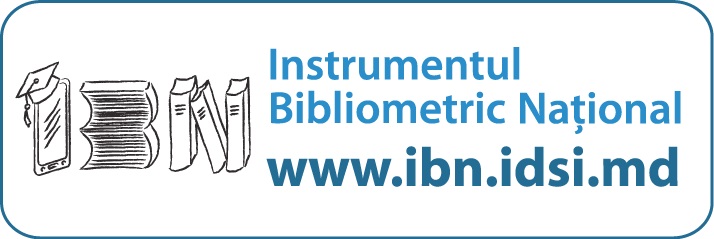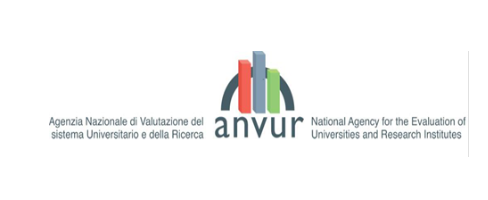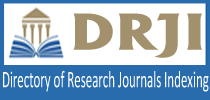EXPORT OF TOURIST SERVICES OF BELARUS TO CHINA
DOI:
https://doi.org/10.36004/nier.es.2022.2-08Keywords:
tourism industry of Belarus and China, tourism development trends, types of tourism, Belarusian-Chinese tourism cooperation, export of tourism services, and government support of tourismAbstract
The article discusses the institutional foundations of mutually beneficial Belarusian-Chinese tourism cooperation. The research aims to explore the state, problems, and prospects for the development of the tourism industry in China and Belarus and to develop proposals for the development of tourism export services to China. The authors examine the structure of the tourism industry in Belarus and China, the inductive prerequisites for the development of the tourism sector of the two countries, as well as global trends in the field of tourism related to the COVID-19 pandemic. Special attention was paid to developing promising types of tourism in Belarus and China, such as "red," rural, folklore, digital, and “winter” tourism. The case of the Republic of Belarus, which may be helpful for Central and Eastern Europe countries, illustrates the possible directions for the growth of tourism export services to China, thanks to the optimisation of measures to prevent and control COVID-19. This optimisation contributed to the cross-border movement of Chinese citizens and opened up opportunities to attract Chinese tourists to the Belarusian market and the markets of Central and Eastern Europe. We have emphasised that for Belarus, achieving significant results in the development of the export of tourist services to China involves solving some essential tasks: conducting large-scale and ongoing advertising and informational campaigns to increase the awareness of foreign audiences about tourism products and recognition of the country as an attractive tourist destination; development and implementation of an incentive system for tour operators from China; performance of activities to adapt the service in hotels, airports, train stations, restaurants, museums to the individual characteristics and specific needs of tourists from China; improving the tax-free system to increase the interest of citizens from China in visiting Belarus.
Downloads
References
Alan, A. Lew, Lawrence Yu, John, Ap, & Zhang, Guangrui, (2002). Tourism in China. Routledge. https://www.routledge.com/Tourism-in-China/Chon-Guangrui-Lew-Ap-Yu/p/book/9780789012821
Arlt, Wolfgang Georgt. (2006). China's Outbound Tourism. 1st Edition. Routledge, Abingdon. https://doi.org/10.4324/9780203968161
Bin, Dai, Yi, Jiang, Liqiong, Yang, & Ila, Ma. (2013). Chinese Outbound Tourism Periodization Features and Policy Choices. Luyou xuekan, 28(1).
Davydenko, L. N. (2022). International priorities for the transition to green standards in the tourism industry. In: Voronovich, I. N. (Editorial board, chairman). Prospects for the development of tourism in modern conditions: global trends and regional contexts: materials of the II International Scientific and Practical. Minsk, Kolorgrad.
Fedorovsky, A. N., & Shvydko, V. G. (2020). Interaction of the Republic of Korea and Japan with China: Opportunities, Risks and Prospects. World Economy and International Relations, 64, 6, 123-132. https://doi.org/10.20542/0131-2227-2020-64-6-123-132
Lew, A. A. (2001). Tourism development in China: The Dilemma of Bureaucratic Decentralization and Economic Liberalization. In: Tourism and the Less Developed World: Issues and Case Studies. Wallingford: CABI Publishing. https://doi.org/10.1079/9780851994338.0109
Matzel, W. M. (2020, April 2). Prospects for increasing the export of Belarusian tourist services to the Chinese market. In: Mankevich, V. V. (Editorial board, editor-in-chief). Business. Education. Economics: intern. scientific-practical. conf. (Part 1, pp. 378-383). Minsk: Institute of Business of BSU.
National Statistical Committee of the Republic of Belarus. (2022). Tourism and tourism resources in the Republic of Belarus 2022. Minsk.
Sobolenko, I. A., & Gansky, V. A. (2017). Positions of the Republic of Belarus in the world tourism market in the context of the development of the globalisation process. In: Intellectual capital in the knowledge economy (pp. 267-279). Moscow: UNITIDANA. https://reu.by/images/docs/science/sborniki_statej/sbornik_nauchnyh_statej_-_reu_-_2017.03.pdf
Voronovich, I. N. et al. (2022). Development of types of tourism and their regulation at the state level. In: Prospects for the development of tourism in modern conditions: global trends and regional contexts: materials of the II International Scientific and Practical Conference (pp. 133-137). Minsk, Kolorgrad.
Wen, Julie Jie, & Tisdell, Clement Allan. (2011). Tourism and China's Development: Policies, Regional Economic Growth and Ecotourism. 1st Edition. World Scientific Publishing Company. https://doi.org/10.1142/4533
Xiao, Honggen. (2006). The discourse of power: Deng Xiaoping and tourism development in China. Tourism Management, 27(5), 803-814. https://doi.org/10.1016/j.tourman.2005.05.014
Zaklyazminskaya, E. O. (2021). The tourism industry in China's development strategy: monograph. M: IMEMO RAN. https://doi.org/10.20542/978-5-9535-0597-0
Zhang, Hanqin Qiu, Chong, King, & Jenkins, C. L. (2002) Tourism policy implementation in mainland China: an enterprise perspective. International Journal of Contemporary Hospitality Management, 14(1), 38-42. https://doi.org/10.1108/09596110210415114
Zhang, Hui, Rongting, Fan, & Yuwei, He. (2016). Problems of Chinese Tourism Statistics and the Direction of Reforms. Luyou xuekan, 31(4).















